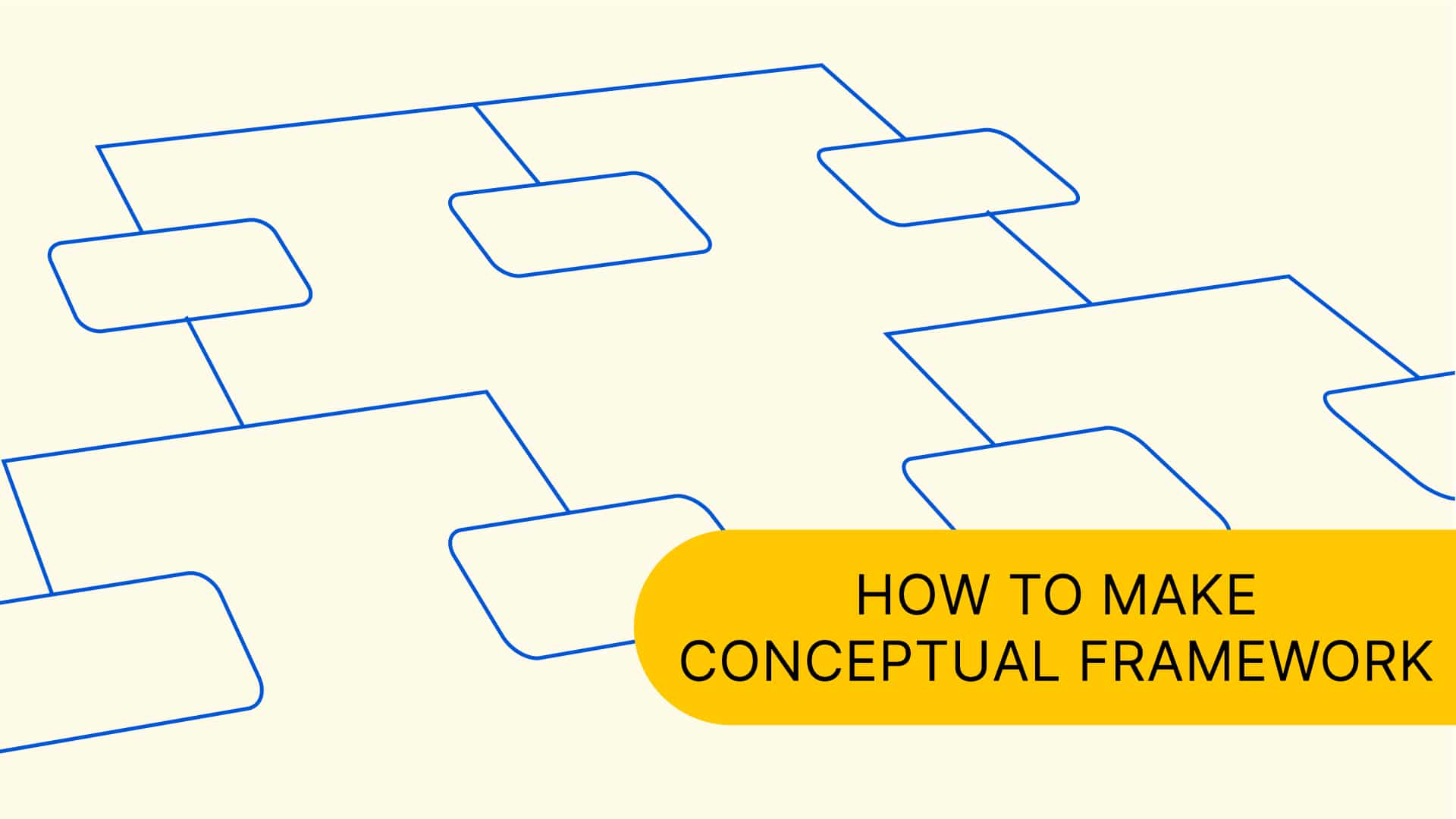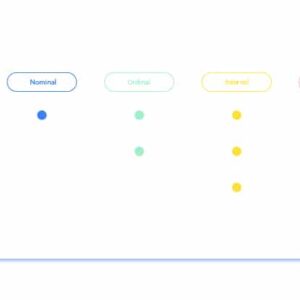How to create an employee engagement survey
How to create an employee engagement surveys SHARE THE ARTICLE ON Table of Contents An employee must think that the business actually cares about them

Find the best survey software for you!
(Along with a checklist to compare platforms)
Take a peek at our powerful survey features to design surveys that scale discoveries.
Explore Voxco
Need to map Voxco’s features & offerings? We can help!
Find the best customer experience platform
Uncover customer pain points, analyze feedback and run successful CX programs with the best CX platform for your team.

We’ve been avid users of the Voxco platform now for over 20 years. It gives us the flexibility to routinely enhance our survey toolkit and provides our clients with a more robust dataset and story to tell their clients.
Steve Male
VP Innovation & Strategic Partnerships, The Logit Group
Explore Regional Offices

Find the best survey software for you!
(Along with a checklist to compare platforms)
Take a peek at our powerful survey features to design surveys that scale discoveries.
Explore Voxco
Need to map Voxco’s features & offerings? We can help!
Find the best customer experience platform
Uncover customer pain points, analyze feedback and run successful CX programs with the best CX platform for your team.

We’ve been avid users of the Voxco platform now for over 20 years. It gives us the flexibility to routinely enhance our survey toolkit and provides our clients with a more robust dataset and story to tell their clients.
Steve Male
VP Innovation & Strategic Partnerships, The Logit Group
Explore Regional Offices

Find the best survey software for you!
(Along with a checklist to compare platforms)
Take a peek at our powerful survey features to design surveys that scale discoveries.
Explore Voxco
Need to map Voxco’s features & offerings? We can help!
Find the best customer experience platform
Uncover customer pain points, analyze feedback and run successful CX programs with the best CX platform for your team.

We’ve been avid users of the Voxco platform now for over 20 years. It gives us the flexibility to routinely enhance our survey toolkit and provides our clients with a more robust dataset and story to tell their clients.
Steve Male
VP Innovation & Strategic Partnerships, The Logit Group
Explore Regional Offices
SHARE THE ARTICLE ON
The term “conceptual framework” is used to refer to the structure of your research. It defines the research objective and maps out how the process comes together to draw meaningful conclusion. The framework demonstrates the relationship between the variables.
In this blog, we will discuss more about what conceptual framework is, its importance in descriptive research, and the four steps to write it.
In research, it refers to a visual or written representation of the expected relationship between the variables being studied. It depicts what a researcher expects to find through their research and clearly maps out the steps that must be carried out through the course of the study.
As the conceptual framework illustrates a researcher’s understanding of how variables connect, it can be used to identify the key variables that need to be investigated. It acts as a “map” that provides researchers with a shape and structure to their research, helping them carry out their study more effectively.
Let’s look at what makes it important for a descriptive research.
This type of framework should be constructed before the data collection process is commenced so as to guide the investigation. These are a few advantages of using a it for descriptive research:
This concludes the importance of using conceptual framework in descriptive research. Let’s see how the data you want to collect plays a role in the research design.
The way you formulate your research design will vary depending on the nature of the data being analysed. Let’s look at how the the framework will vary when used with qualitative data in comparison to when it is used with quantitative data.
Qualitative data is used when a research problem focuses on meanings, perceptions, and/or descriptions of the research topic. When analysed, qualitative data allows researchers to understand behaviours, interactions, situations, and contexts. Researchers can then analyse these observations to identify correlations, patterns, and categories.
Quantitative data is used when a research problem requires numerical values associated with the variables being studied, whether they be traits, trends, or characteristics. When analysed, quantitative data can illustrate any outliers among the data. The numerical values can even depict the degree of difference or relationship between the conceptual variables being studied in the conceptual framework.
Additionally, the data can help determine whether the findings are generalizable to the larger population or whether they are only true for the sample.
To designing the framework of your research it is best to also learn about the conceptual variables. There are four types of variable as mentioned below.
When testing the cause-and-effect relationship, there are two key variables we must identify: the independent variable and the dependent variable.
As we expand our framework, there are other important variables to consider, specifically moderating and mediating variables.
Now that we have established some groundwork around the topic let’s see how you can write the framework for the descriptive research.

The framework represents the expected relationship between the variables of your research. The framework is used to generate the research hypothesis to generate conclusion.
We have outlined four steps on how you write a framework for your descriptive research.
Let’s explain these steps further.
The first step in creating your conceptual framework is to clearly outline your topic of research. In this step, you must decide on your topic of research. It is important to select a topic that relates to your field of specialization so that you will be familiar with the different aspects of your study.
A literature review involves the search and evaluation of the available and relevant literature in a chosen topic area. In this step, you must review and synthesise well-known scientific journals and research papers, preferably those that are peer-reviewed, to gain a deep and comprehensive understanding of the research problem at hand.
Once you’ve carried out the literature review, you should have an idea of the most important and relevant variables to your research topic. This brings us to the third step which requires you to isolate the key variables described in the literature and then determine how these variables relate to each other.
In research papers, you will generally find the key variables outlined in the abstract, methodology, and summary section. The summary in research papers should also provide you with an understanding of how these variables work together.
Your fourth and final step is to generate your framework. Now that you’ve identified your most important variables and have a general idea of how they relate to each other, you can begin creating your framework. Your problem statement should serve as a reference for constructing it.
Follow these four steps to create a framework that better represents that relationship between the variables.
While this concludes all there is to know about conceptual framework for descriptive research but for better understanding we have also compared it agains thoretrical framework.
Both these framework define the structure of your research. However, there are differences between the two framework which we will discuss here.
It introduces a theory that gives shape to the research problem. So, the theoretical framework is drawn from theory from existing works.
It can be considered as a roadmap for your research. The framework helps you visualize your research to put it into action. It is more about the approach you adopt to answer the research question.
This sums up all you need to know about conceptual framework for descriptive research. It is important that you develop the framework so that you can visual the research and link different concepts.
In descriptive research, the theoretical framework is a single formal theory that acts as a synthesis of the theory developed regarding a research problem. When a study is designed using the theoretical frameworks, the theory is the primary means by which the research problem is investigated.
A conceptual framework can be defined as an outline of the expected relationship between the variables being studied. It illustrates the researcher’s understanding of how the variables relate to each other.
When using the conceptual framework in quantitative research, it is vital to define the research problem, as well as the key variables that can be used to resolve it. This is in contrast to qualitative research, wherein researchers aim to build up a theory so the conceptual framework emerges after the research is complete.
When using the conceptual framework in qualitative research, an inductive approach is taken. This means that the researcher builds up the theory and only establishes a conceptual framework once the research is complete.
The main purpose of the conceptual framework is to define all the relevant variables being studied and to illustrate how they may be related to each other. It provides a visual format using which researchers can carry out their study more effectively.
Read more
How to create an employee engagement surveys SHARE THE ARTICLE ON Table of Contents An employee must think that the business actually cares about them

How to appropriately use interval scales in your survey questions? See what question types are possible with a sample survey! Try a Sample Survey Table

6 Reasons to Soft Launch Your Online Surveys Online survey is a powerful source of data to understand the customers. Use our in-depth online survey

Better CX outcomes through Customer experience analytics Try a free Voxco Online sample survey! Unlock your Sample Survey SHARE THE ARTICLE ON Whether its a
How to choose the right Research Panel SHARE THE ARTICLE ON Share on facebook Share on twitter Share on linkedin Table of Contents From knocking

Top 15 Employee Experience Survey Questions for 2024 SHARE THE ARTICLE ON Table of Contents Employee engagement is a journey that impacts the health of
We use cookies in our website to give you the best browsing experience and to tailor advertising. By continuing to use our website, you give us consent to the use of cookies. Read More
| Name | Domain | Purpose | Expiry | Type |
|---|---|---|---|---|
| hubspotutk | www.voxco.com | HubSpot functional cookie. | 1 year | HTTP |
| lhc_dir_locale | amplifyreach.com | --- | 52 years | --- |
| lhc_dirclass | amplifyreach.com | --- | 52 years | --- |
| Name | Domain | Purpose | Expiry | Type |
|---|---|---|---|---|
| _fbp | www.voxco.com | Facebook Pixel advertising first-party cookie | 3 months | HTTP |
| __hstc | www.voxco.com | Hubspot marketing platform cookie. | 1 year | HTTP |
| __hssrc | www.voxco.com | Hubspot marketing platform cookie. | 52 years | HTTP |
| __hssc | www.voxco.com | Hubspot marketing platform cookie. | Session | HTTP |
| Name | Domain | Purpose | Expiry | Type |
|---|---|---|---|---|
| _gid | www.voxco.com | Google Universal Analytics short-time unique user tracking identifier. | 1 days | HTTP |
| MUID | bing.com | Microsoft User Identifier tracking cookie used by Bing Ads. | 1 year | HTTP |
| MR | bat.bing.com | Microsoft User Identifier tracking cookie used by Bing Ads. | 7 days | HTTP |
| IDE | doubleclick.net | Google advertising cookie used for user tracking and ad targeting purposes. | 2 years | HTTP |
| _vwo_uuid_v2 | www.voxco.com | Generic Visual Website Optimizer (VWO) user tracking cookie. | 1 year | HTTP |
| _vis_opt_s | www.voxco.com | Generic Visual Website Optimizer (VWO) user tracking cookie that detects if the user is new or returning to a particular campaign. | 3 months | HTTP |
| _vis_opt_test_cookie | www.voxco.com | A session (temporary) cookie used by Generic Visual Website Optimizer (VWO) to detect if the cookies are enabled on the browser of the user or not. | 52 years | HTTP |
| _ga | www.voxco.com | Google Universal Analytics long-time unique user tracking identifier. | 2 years | HTTP |
| _uetsid | www.voxco.com | Microsoft Bing Ads Universal Event Tracking (UET) tracking cookie. | 1 days | HTTP |
| vuid | vimeo.com | Vimeo tracking cookie | 2 years | HTTP |
| Name | Domain | Purpose | Expiry | Type |
|---|---|---|---|---|
| __cf_bm | hubspot.com | Generic CloudFlare functional cookie. | Session | HTTP |
| Name | Domain | Purpose | Expiry | Type |
|---|---|---|---|---|
| _gcl_au | www.voxco.com | --- | 3 months | --- |
| _gat_gtag_UA_3262734_1 | www.voxco.com | --- | Session | --- |
| _clck | www.voxco.com | --- | 1 year | --- |
| _ga_HNFQQ528PZ | www.voxco.com | --- | 2 years | --- |
| _clsk | www.voxco.com | --- | 1 days | --- |
| visitor_id18452 | pardot.com | --- | 10 years | --- |
| visitor_id18452-hash | pardot.com | --- | 10 years | --- |
| lpv18452 | pi.pardot.com | --- | Session | --- |
| lhc_per | www.voxco.com | --- | 6 months | --- |
| _uetvid | www.voxco.com | --- | 1 year | --- |